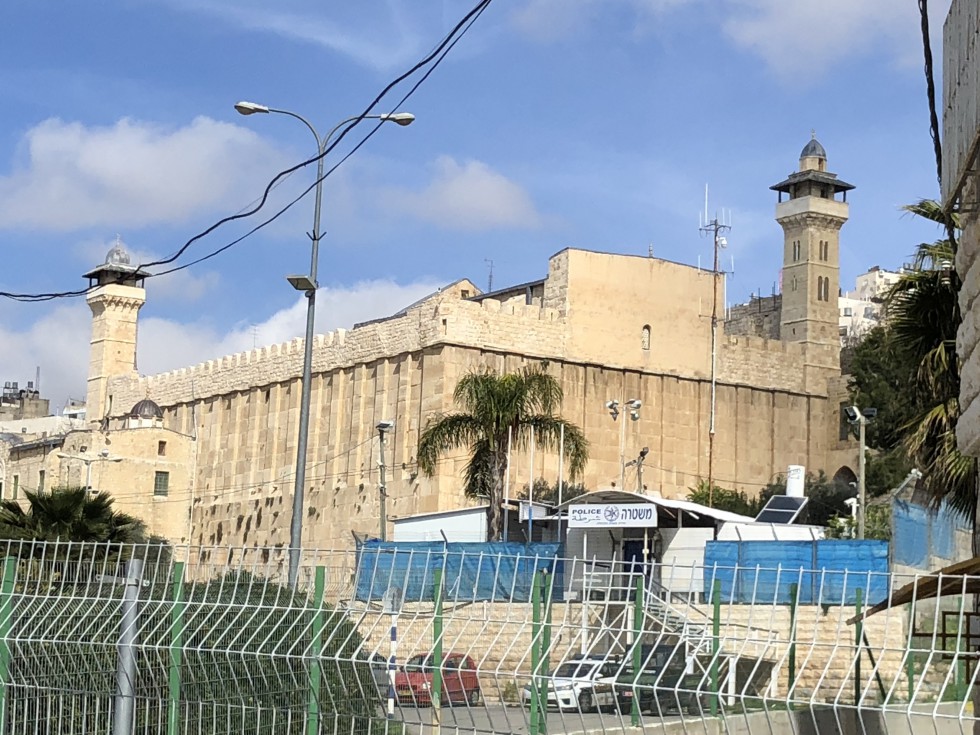
One of the main beauties of visiting Jerusalem is walking the footsteps of so many Prophets that came before us – peace and blessings upon them. Prophets which are an integral part of Muslims, Jews and Christians.
All three monotheistic faiths are also commonly known as the Abrahimic faiths after Prophet Ibrahim who carried the message of ‘One God’ to his people, people who at the time were idol worshippers.
I have been blessed to go visit Jerusalem twice and the first time served as a real eye-opener into the city as well as the political situation of some of the areas surrounding Jerusalem. One of these areas is the Palestinian city of Hebron or Al-Khalil (Prophet Ibrahim was known as Khalil ar-Rahman, “Beloved of the Merciful” or “Friend of God”), it is in the southern part of West Bank and the home of Masjid al Ibrahimi/Khalil or Cave of Patriarchs/Machpelah.
This is where it is widely documented and understood by all three faiths where the family of Ibrahim AS are buried. You have the graves of Ibrahim (Abraham), Ishaq (Isaac), Yaqub (Jacob) and their wives Sarah, Rafqa (Rebecca) and Leah, as well as Yusuf (Joseph) – May peace and blessings be upon them all. Although there are contentions on Yusuf AS burial site it is widely understood by scholars that he is buried here.
I remember my first visit to the masjid so vividly it was one of the stands out moments of the whole trip, from the vigorous security checks to get into the masjid. to the IDF (Israel Defence League) soldiers hovering above our heads with guns and being surrounded by barbed wire fences and being told sternly ‘not to make any sudden movements while entering the masjid in order not to make the IDF soldiers feel you’re up to something sinister and be at the risk of being shot’. As we left the sanctuary we had a drone fly over us just ensuring there was nothing sinister going on amongst the group. It was a nerve-racking experience and after visiting the masjid you could not help but feel sad for the people living in the surrounding areas. The sad reality was recognising the backdrops of where some of the most vicious deaths had been recorded due to the conflict. All of this aside, it was totally worth the journey for spiritual reasons as well as recognising the reality of what people face on a day-to-day basis, truly humbling and an opportunity to really reflect on how blessed we are.
On the first visit, I got the opportunity to look at the masjid and pay my respects at the graves of Ibrahim AS, Sarah, Ishaq AS and Rafqah – May Allah be pleased with them. I also knew that Yaqub AS and Leah as well as Yusuf AS all from the progeny of Ibrahim AS were also said to be buried there but we discovered that this is on the side of the masjid which we are unable to access and is now occupied by Israel. I could not help feel gutted, especially as Yusuf AS is my family’s namesake prophet. I guess it was something we had to just accept.
Looking around the beautiful green domes and the mimbar (pulpit) of Salahuddin (see my previous blog post) in the interior you could not help but notice some of the holes in the architecture, this brought up a whole story as to when and how this segregation occurred and why we are unable to have access to the full area of the masjid. These holes were bullet holes and served as a reminder of things that have happened in this area of the world over centuries, I have to note before I continue that this area of Hebron has seen the loss of life on both sides and it is extremely devastating to read all accounts, ultimately a loss of any life is a tragedy.
The event that resulted in this closure was on February 25, 1994, a US-born Israeli military physician who emigrated to Israel in 1983 called Baruch Goldstein walked into the Ibrahimi masjid in Hebron armed with a Galil assault rifle. Hundreds of Palestinians were crammed inside, bowed in prayer, during the month of Ramadhan and the day of the Jewish festival of Purim.
As worshippers bowed, Goldstein opened fire. He reloaded at least once, continuing his barrage for as long as possible before finally being overpowered and eventually beaten to death. By the time he was stopped, 29 worshippers were killed, and more than a hundred had been injured.
This one act resulted in further deaths, locals estimate the final number of deaths at between 50 and 70 – and an estimated 250 were injured over the course of the day. After the initial attack inside the masjid, more Palestinians were killed by the Israeli army during protests outside the masjid, outside Hebron’s Ahli hospital, and even in the local cemetery as the dead were being buried. Read more on Wikipedia here. https://en.wikipedia.org/wiki/Cave_of_the_Patriarchs_massacre
The Israeli government ordered 520 businesses to close overnight, and they remain shuttered to this day. Shuhada Street (Martyr’s Street) is the official name, the Israeli community call it King David Street, it is the main road through the town and the main road leading to the Tomb of the Patriarchs, it used to be the central wholesale market of the Hebron region. Some of those living in the houses moved away while others that remained are unable to access their properties from the front and end up climbing the roofs or through holes in the wall. You can read more on Wikipedia here. https://en.wikipedia.org/wiki/Al-Shuhada_Street
That was not the only thing that happened after the massacre, the Israeli military divided the Ibrahimi masjid in two too – giving exclusive access to more than half of it, including all of the surrounding gardens, to Israeli settlers and Jewish visitors.
Many Palestinians in Hebron now avoid this area entirely due to the presence of the soldiers and settlers.
In Hebron, there are 500-600 settlers living among 167,000 Palestinians approximately, the Jewish settlement is widely considered to be illegal by the international community, although the Israeli government disputes this.*
With all that being said, this is why I am highlighting my second visit to Masjid Ibrahim, before leaving for my trip a second time, I did keep thinking what it would be like to be able to walk through the doors and enter the side of the masjid that I was not able to due to my faith. I was asking God deep down to be able to have the opportunity to go at least to see the marking of the grave of my namesake prophet Yusuf AS. I did not think at all for one minute it would happen. Upon arrival to the masjid, we took a different route to the first time and we were able to see the whole masjid in its grandeur in front of us as we curled the roads and parked up. We made our way to the masjid with all the usual advice of being mindful of the guards etc. and we went through the checkpoint and entered the masjid. Once inside the masjid I started to feel very unwell, so I decided to go and sit down while the rest of the group toured the masjid, I remained sat in the one area and just made du’a (supplications). It is striking to be sitting in presence of such great people, especially Ibrahim AS and his progeny, the forefathers of our faith. I felt extremely humbled. Looking around in awe I was shocked I was sat there again exactly a year after my last visit. I can tell you this is one place you do not take for granted when visiting as you really don’t know when or if you will be able to visit again. Especially after our three/four hour wait at the airport and being questioned (whole different story).
Once our group gathered at the door of the masjid ready to leave, there were conversations that we may be able to go see Yusuf AS burial area, but it was a very big might and I did not get my hopes up as I knew it can be very difficult to move around freely in the masjid. We proceeded to walk down the stairs, I still was not feeling very well at this stage and I felt my leg buckle under me and twist, which resulted in me screaming out in pain in a place that I really did not want to draw attention to myself (remember the soldiers with the guns hovering over us and around us) *facepalm* I really did think I had broken my ankle at this stage and had all these thoughts running through my head about how will I continue on this trip, will I be able to get it treated etc. etc. dramatic I know but when you’re there, you know it could be a very difficult task to get something so small sorted, especially if you are Muslim. I continued to limp downstairs and halfway down got ushered into a doorway quickly, in front of us was a tomb very similar to Ibrahim AS. I was still a bit dazed from being unwell and then twisting my ankle – luckily by this point I had realised I can put some pressure on it, after asking who was buried here and where we were, I established it was Yusuf AS. I was completely shocked and the warm feeling of knowing your prayer has been answered came over me. I spent a few seconds soaking it, prayed a little and we quickly got ushered out. An opportunity that is very rare due to the limited movement we are able to have and a moment I think the whole group were blessed to have. Alhumdullilah.
When you leave the masjid you really do have to be prepared for the vast number of children that will follow you in desperation to get some charity. Please see my blog post on what you can do to help, click here.
After visiting I did some additional reading and research and while doing this came across a book called Palestine Under the Moslems by Guy Le Strange. Which goes into detail about Hebron and Masjid Ibrahimi. I will pull out some of the things I found of interest in the book.
The book talks about the first being buried at the masjid was Ibrahim AS wife Sarah and he bought the spot for 50 Dirhams (bear in mind the time this was in). It is also written in the book that the stone building around the cave was erected by Sulaiman AS and was built by the Jinns, but Allah knows best.
Something which made me extremely sad was that the tradition of the companions of the Prophet pbuh was to feed those who came to stay and more importantly the poor, where lentils and olive oil were served. As well as handing out bread and olives to pilgrims, voyagers and other guests of the sanctuary. The fact that there is suffering in the surrounding areas now really shows how the traditions have had to come to an end.
Yusuf AS grave is on the outside of the sanctuary where the ground slopes away on the west side of the masjid. It is said that in early times the sanctuary had no door to it, so people could not get so close. The Fatimite Khalif of Egypt (918 AD) provided furnishings and building work in order to open this up.
The book talks about a man who had given large sums of presents to the guardians and had requested to go down into the cave to see the bodies of the Patriarchs. The guardians advised they cannot do it until the time of pilgrimage had passed. Once this had happened the guardian raised up a stone flag on the floor of the masjid and they descended seventy steps to a spacious cavern. There was a platform on which lay extended the body of Ibrahim AS clothed in green garments and as the wind blew it blew his white locks. Next to him lay Ishaq AS and Yaqub AS. The guide went on to tell him that behind the wall lay Sarah and he had the intention to show him what was beyond the wall, but a voice cried out saying ‘Beware, for it is the Haram (women’s quarters)!’, ultimately Allah knows best.
It is a fascinating read and would thoroughly recommend it.
Like with everything I always say Allah knows best but through my bits of research, I compiled this blog together in order to share a few thoughts and research that I find interesting.
*The International Court of Justice concluded that Israel had breached its obligations under international law by establishing settlements in the Occupied Palestinian Territory, including East Jerusalem, and that Israel cannot rely on a right of self-defence or on a state of necessity in order to preclude the wrongfulness of imposing a régime, which is contrary to international law.
The Court also concluded that the Israeli régime violates the basic human rights of the Palestinians by impeding the liberty of movement of the inhabitants of the Occupied Palestinian Territory (with the exception of Israeli citizens) and their exercise of the right to work, to health, to education and to an adequate standard of living.
You can watch some videos from my trip on Instagram under the Al-Aqsa story, it will further highlight some of the above.
If you’re curious who I travelled with it was Zaarvel. You can read my blogs from my visits to Al-Aqsa here:
- http://jeedajoseph.co.uk/bayt-ul-muqadas-meeting-siham/
- http://jeedajoseph.co.uk/al-quds-walking-in-the-footsteps/
- http://jeedajoseph.co.uk/ilm-the-travel-for-knowledge-and-spirituality/
- http://jeedajoseph.co.uk/the-pulpit-of-salahuddin/
- http://jeedajoseph.co.uk/discovering-tatreez/
- http://jeedajoseph.co.uk/residence-of-imam-al-ghazali-at-al-aqsa/
- http://jeedajoseph.co.uk/the-golden-gate-to-al-aqsa/
- http://jeedajoseph.co.uk/how-to-help-the-people-in-jerusalem/

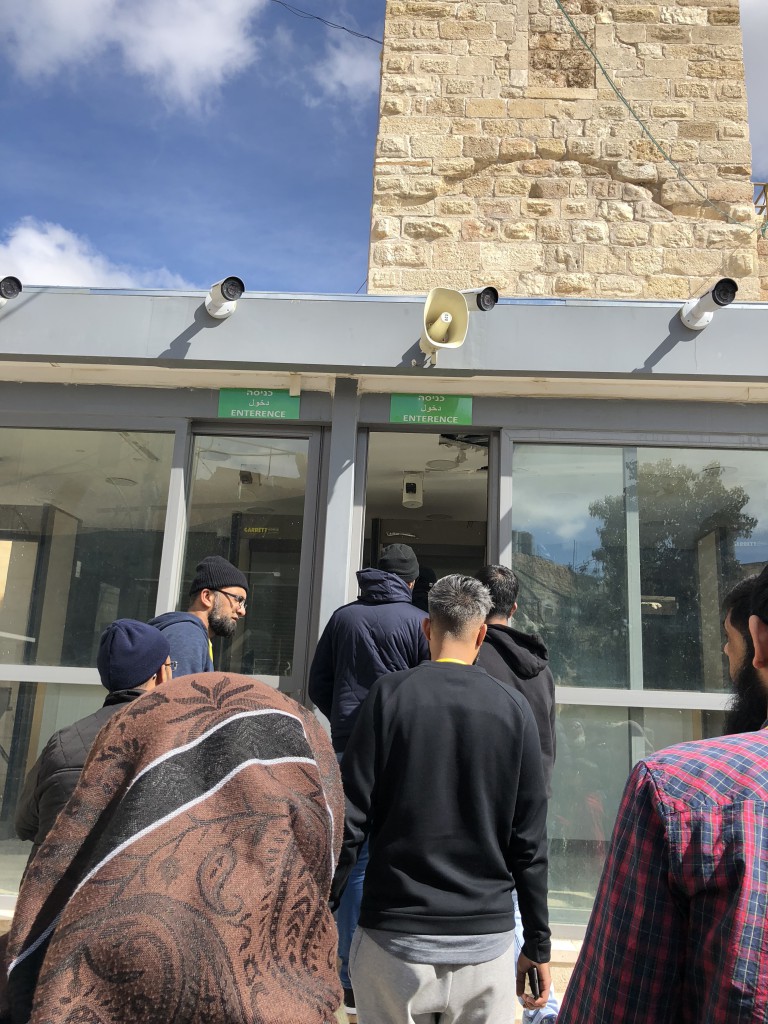
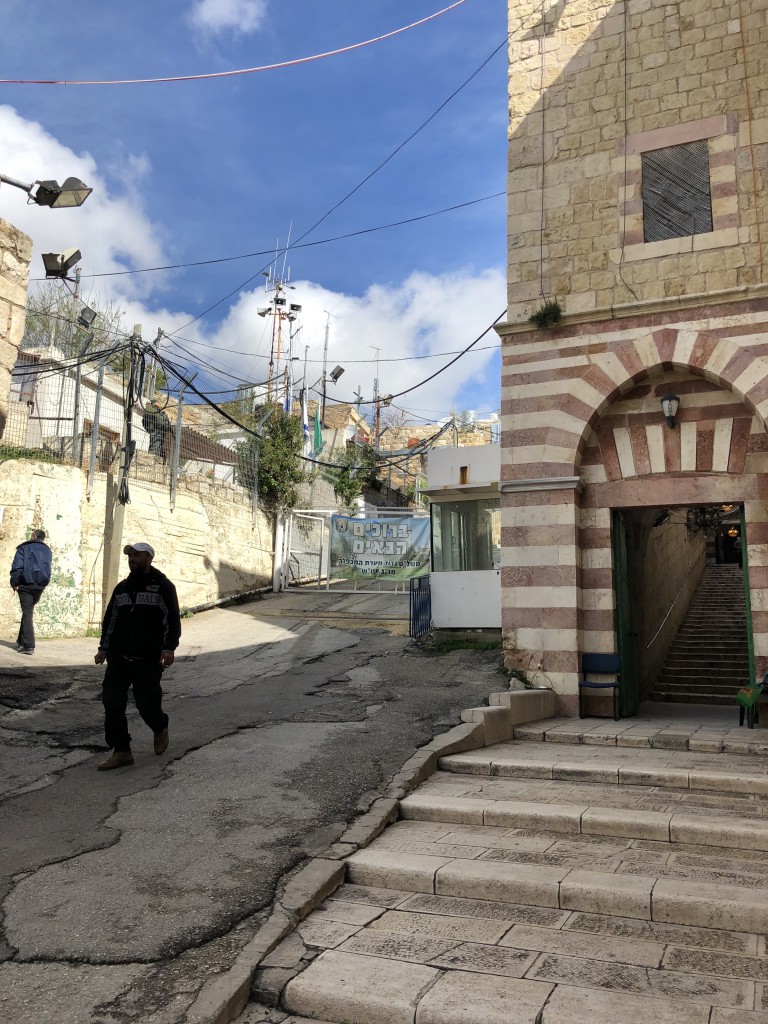
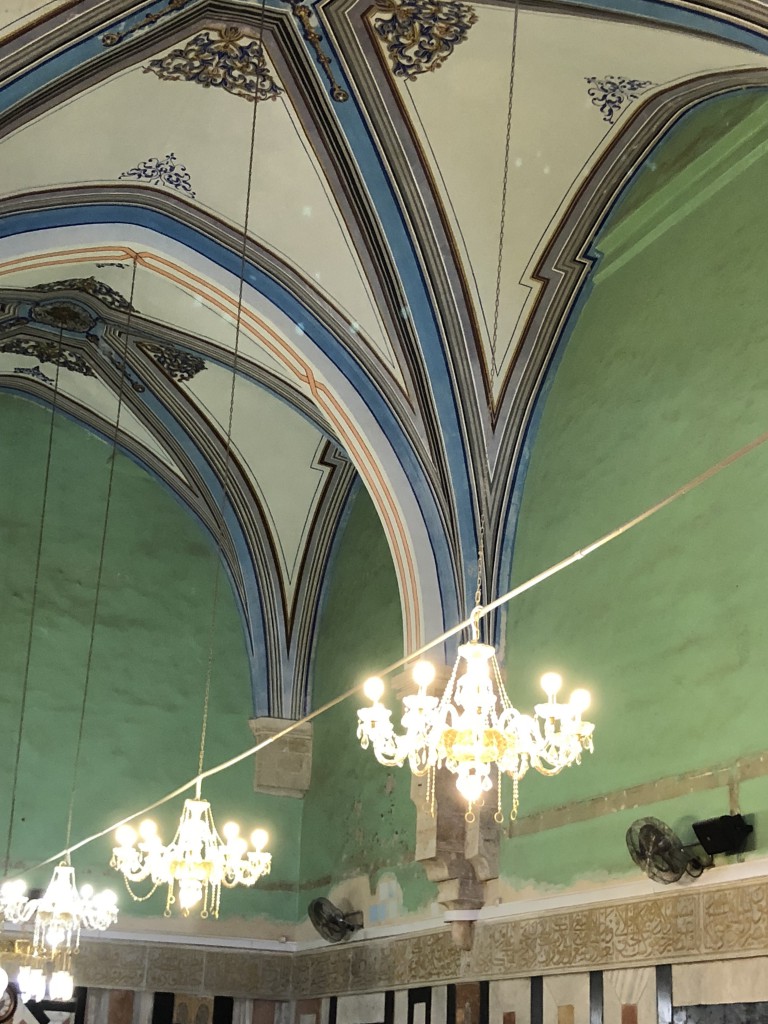
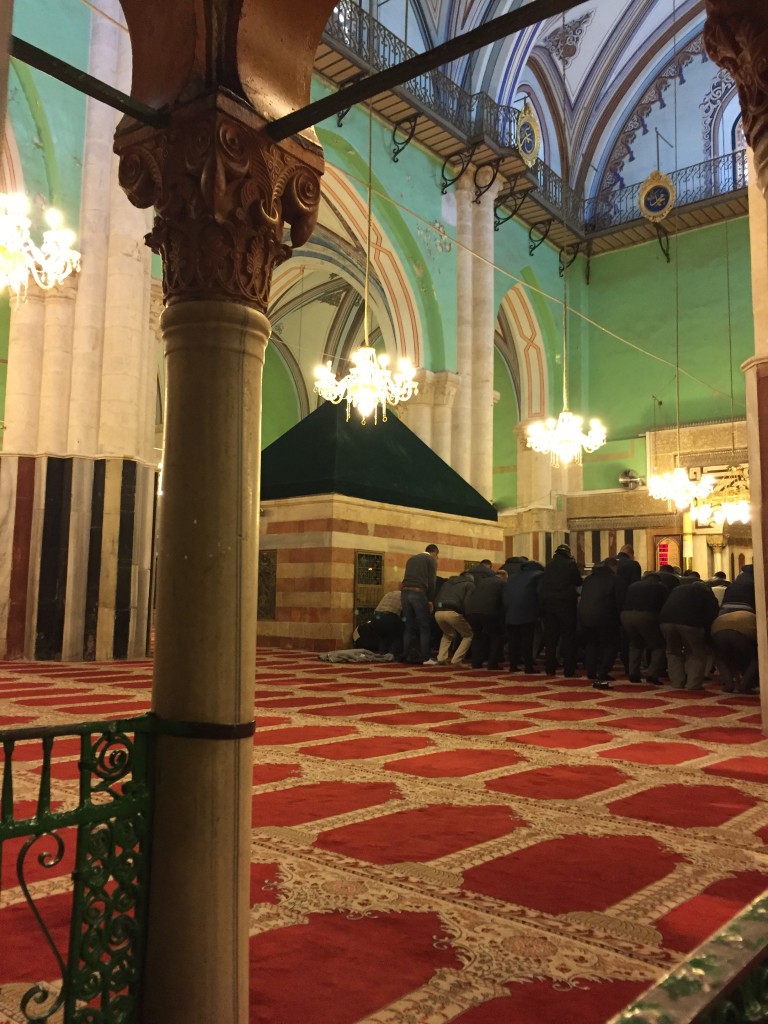
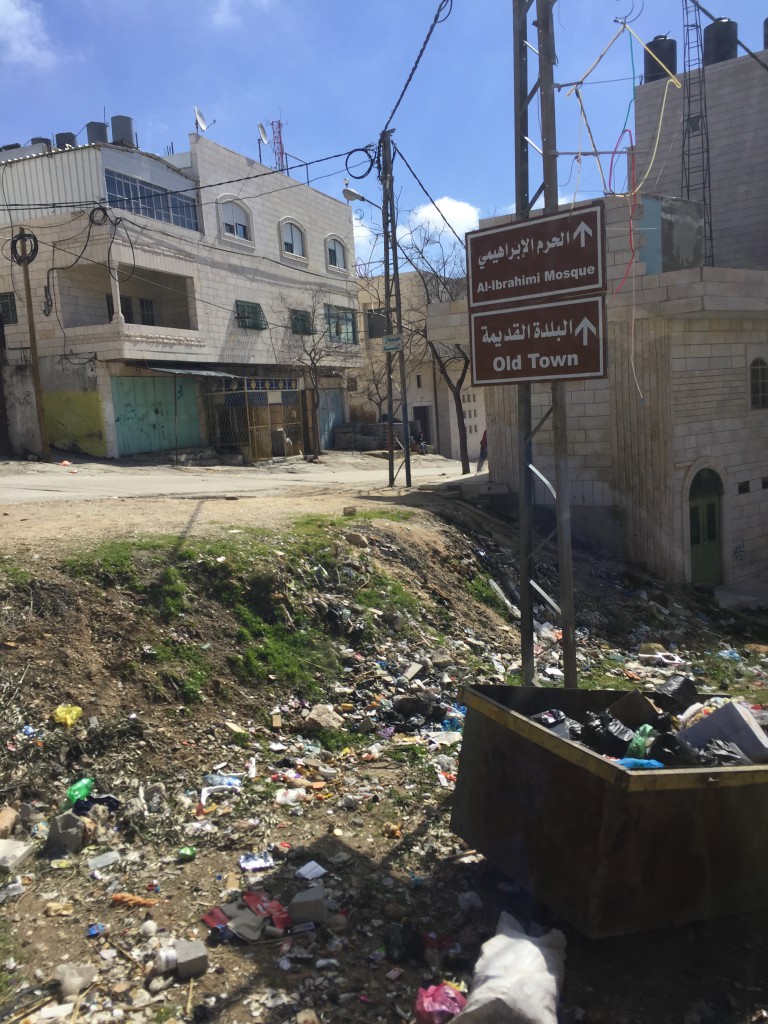
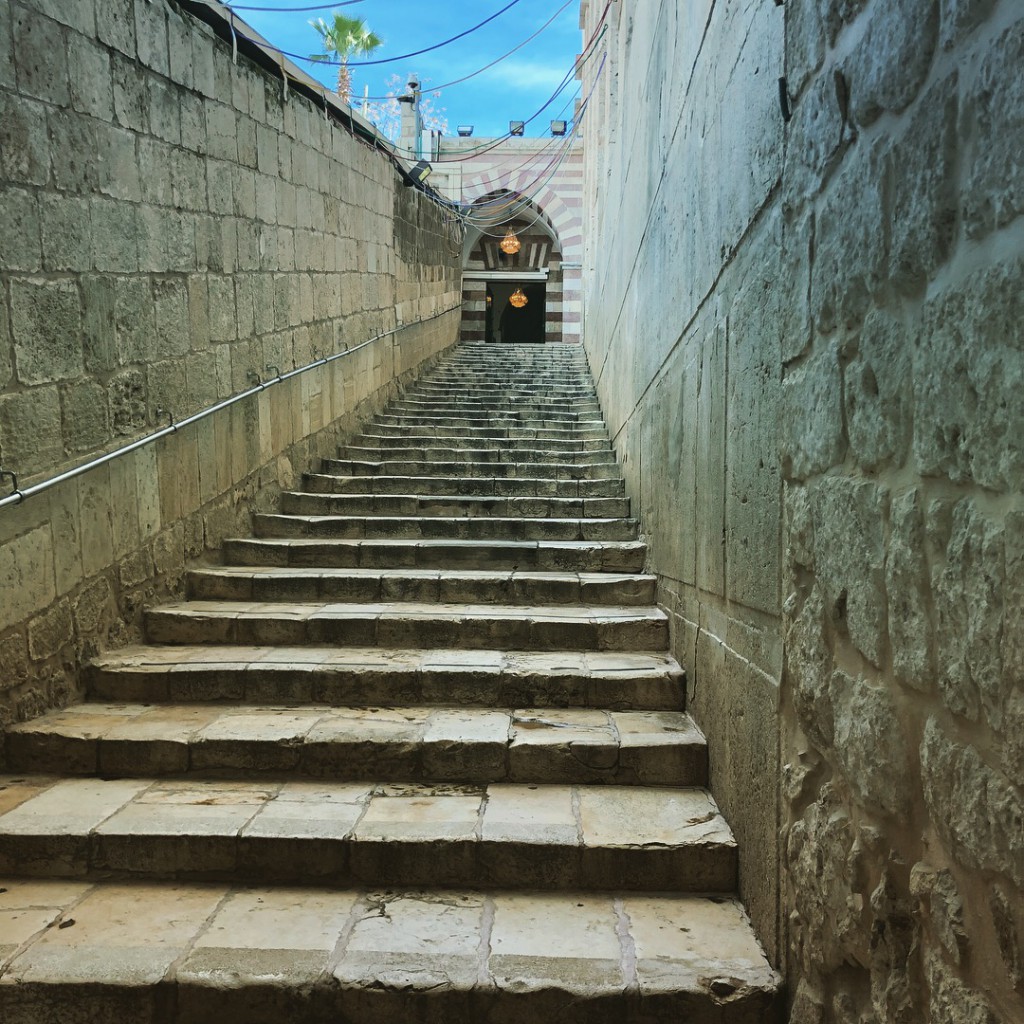
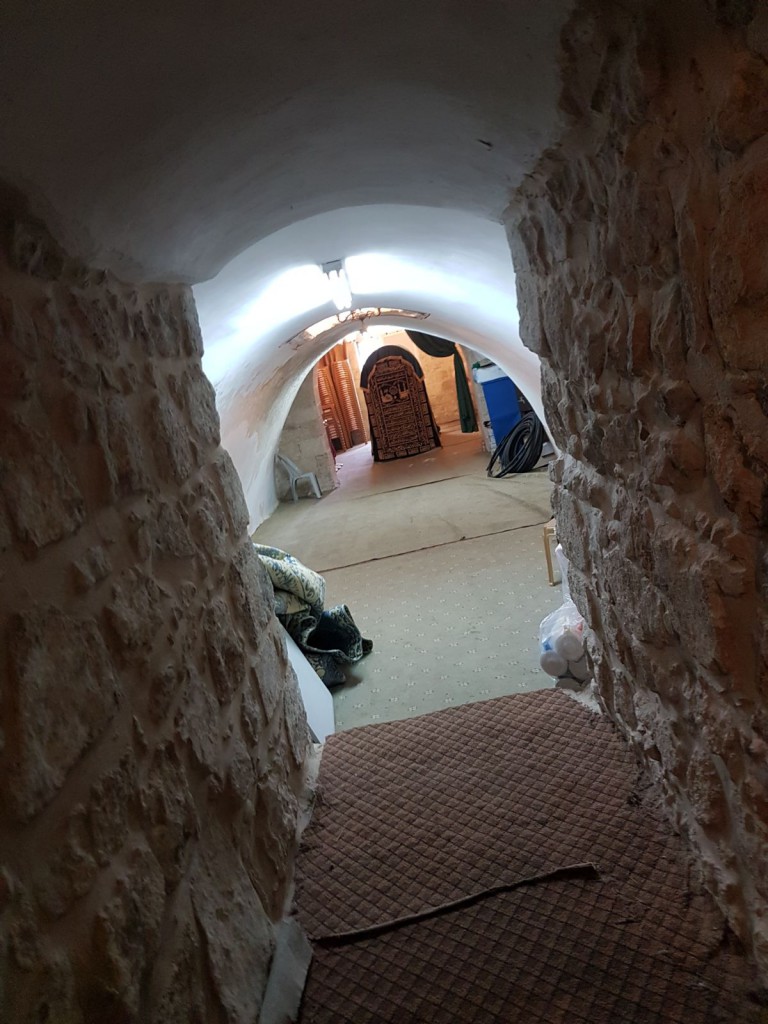
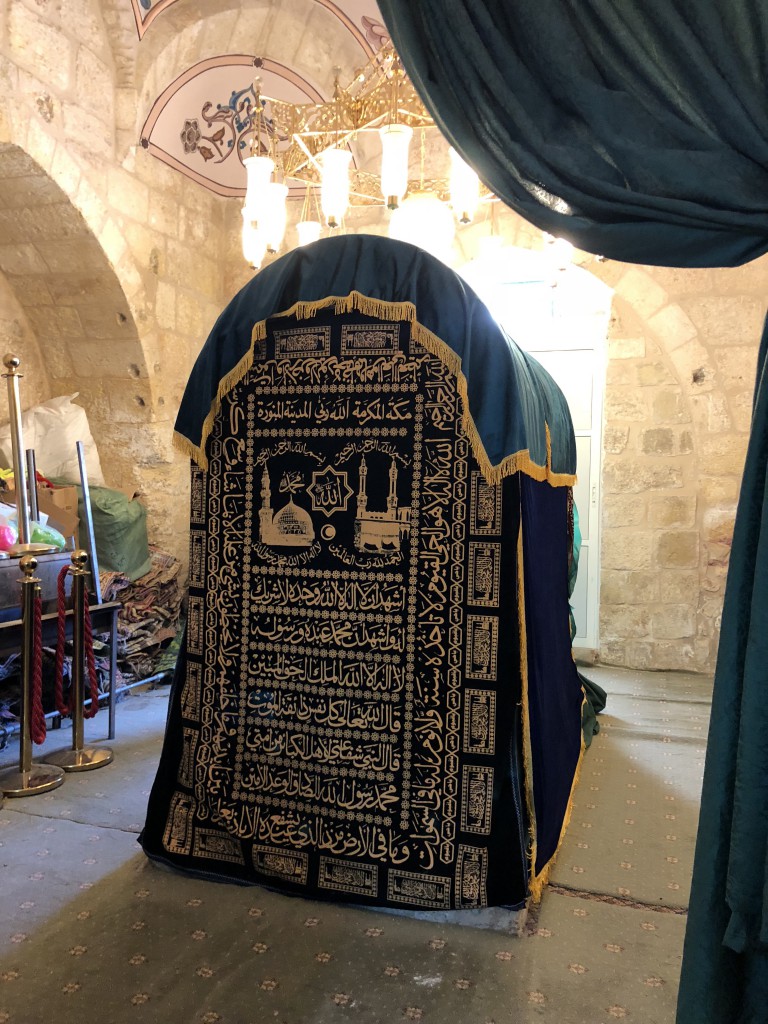
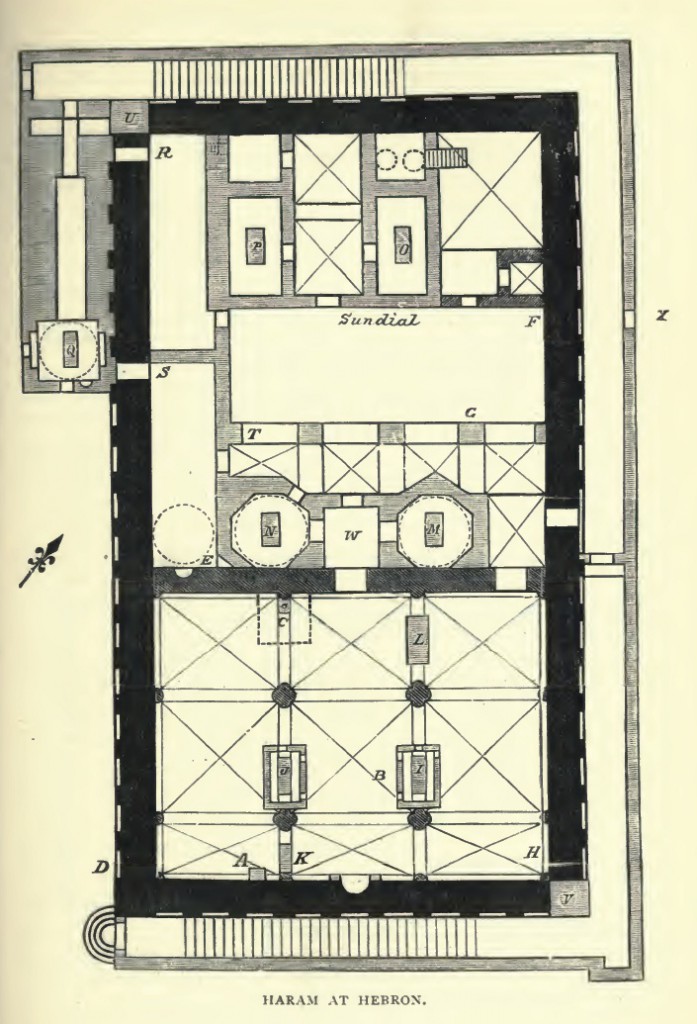
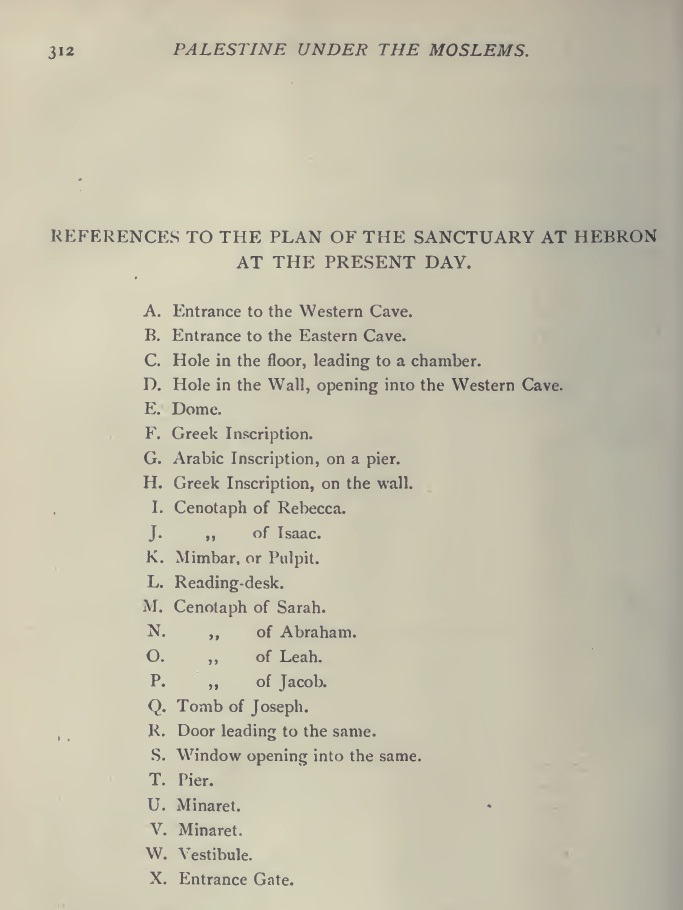

Leave a Reply